Video Production Basic Tips
Here is a guide—and some basic tips to prepare your next video!
Step 1: Creative brief
Description and concept overview with basic details
A. Short description of the video to be created with basic details:
Example: “2-minute video that gets people excited about our new line of desserts! Use our new video footage of our line of desserts, female VoiceOver and upbeat French gourmet food.”
B. Most important objective of video; desired outcome:
C. Estimated length of video:
D: Timing— schedule; Ideal delivery timeframe:
E: Estimated budget; Or, just “simple,” “moderate,” or “high end” budget (determines how much time, technology, and assets go into the film):
F. Branding requirements:
Examples: “Adhere to our strict branding guidelines document,” or “use our new logo and colors,” or “create something new and edgy but uses our brand so people know it’s ours.”
G. Script: Create a written “script” that can be read as if it were a commercial and tells the whole story. This will be read by voice talent in the video. 240 words read at average speed is about a 2 minute video.
H. Call to action. Company end reel, etc (what we want to end with, or where to lead people):
Step 2: Asset determination
Assemble, list or determine what kind of assets you have or are needed
Example: We have a folder full of stock clips, awesome screen grabs of our software, great photos of our product— or, we need to create everything conceptually since it’s not rolled out yet, or, I’m not sure yet…
Step 3: Storyboards & Art Direction:
A visual representation of the look and feel. Sample intro screen, and a few inside graphics to show how the video will look. Consider color, fonts, text placement and branding. Each scene is at least spelled out so we all agree on how the video will play out. Example: Scene 1: Intro, Scene 2: People eating our dessert, Scene 3: Store shelves with products, Scene 4: Our final product shot in studio, Scene 5: Ending with website.
Step 4: Asset creation
Create a list of assets that need to be created. Photography, screen captures, video clips, stock footage, voiceovers, etc… This sets up the schedule to getting them all in hand.
Step 5: Production & Delivery
This stage typically is a few weeks, assembling all the above into “take one.” After review, hopefully minimal edits or adjustments are made— delivering take two. Any last adjustments made result in the Final Cut. Higher budget items may require more here.
Template you can use:
Step 1: Creative brief
A. Short description of the video to be created with basic details:
B. Most important objective of video; desired outcome:
C. Estimated length of video:
D: Timing— schedule; Ideal delivery timeframe:
E: Estimated budget:
F. Branding requirements:
G. Script:
H. Call to action:
Step 2: Asset determination
Assemble, list or determine what kind of assets you have or are needed:
Step 3: Storyboards & Art Direction:
(To be supplied by designer and production team)
Step 4: Asset creation
Create a list of assets that need to be created:
Step 5: Production & Delivery
(To be supplied by designer and production team)

